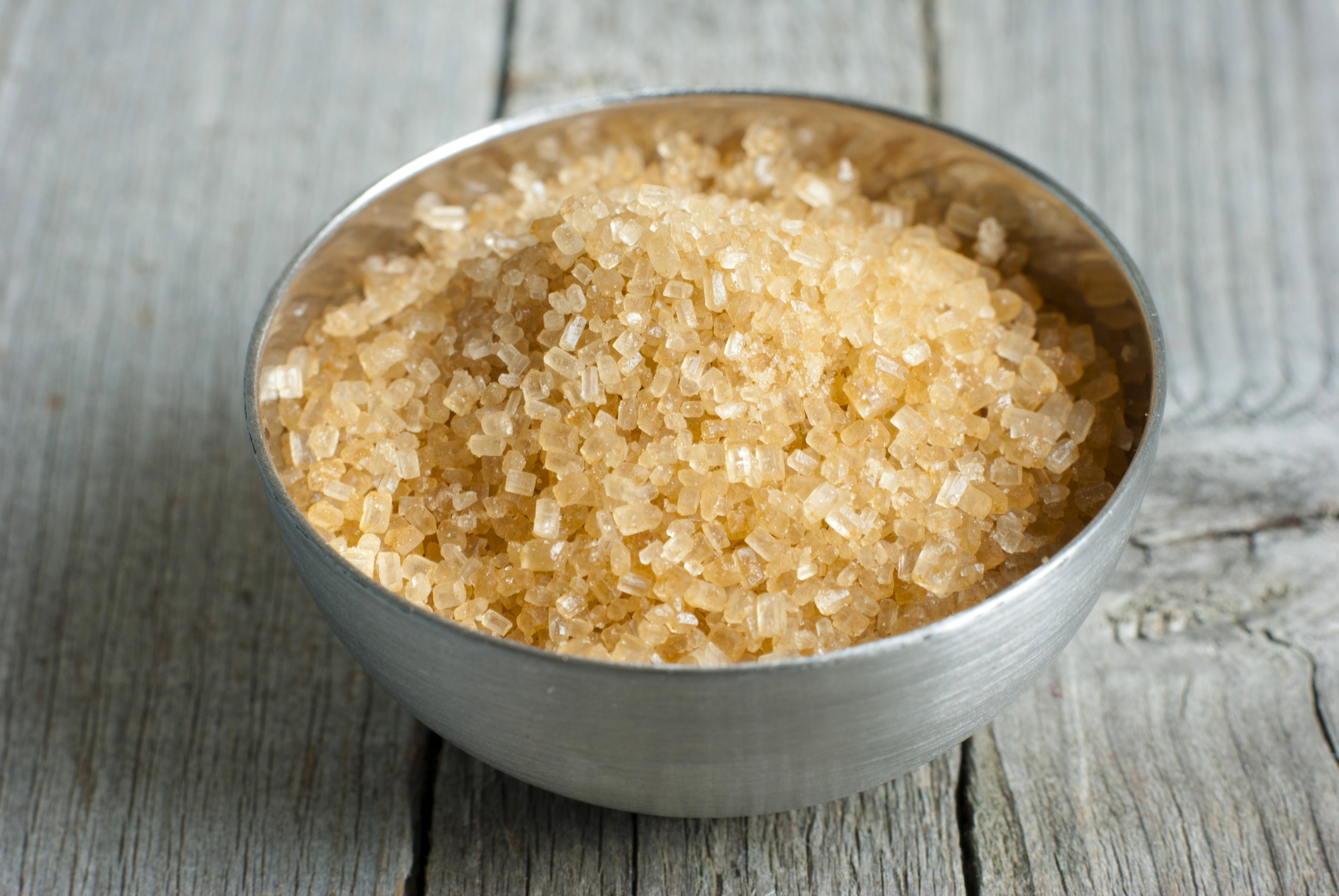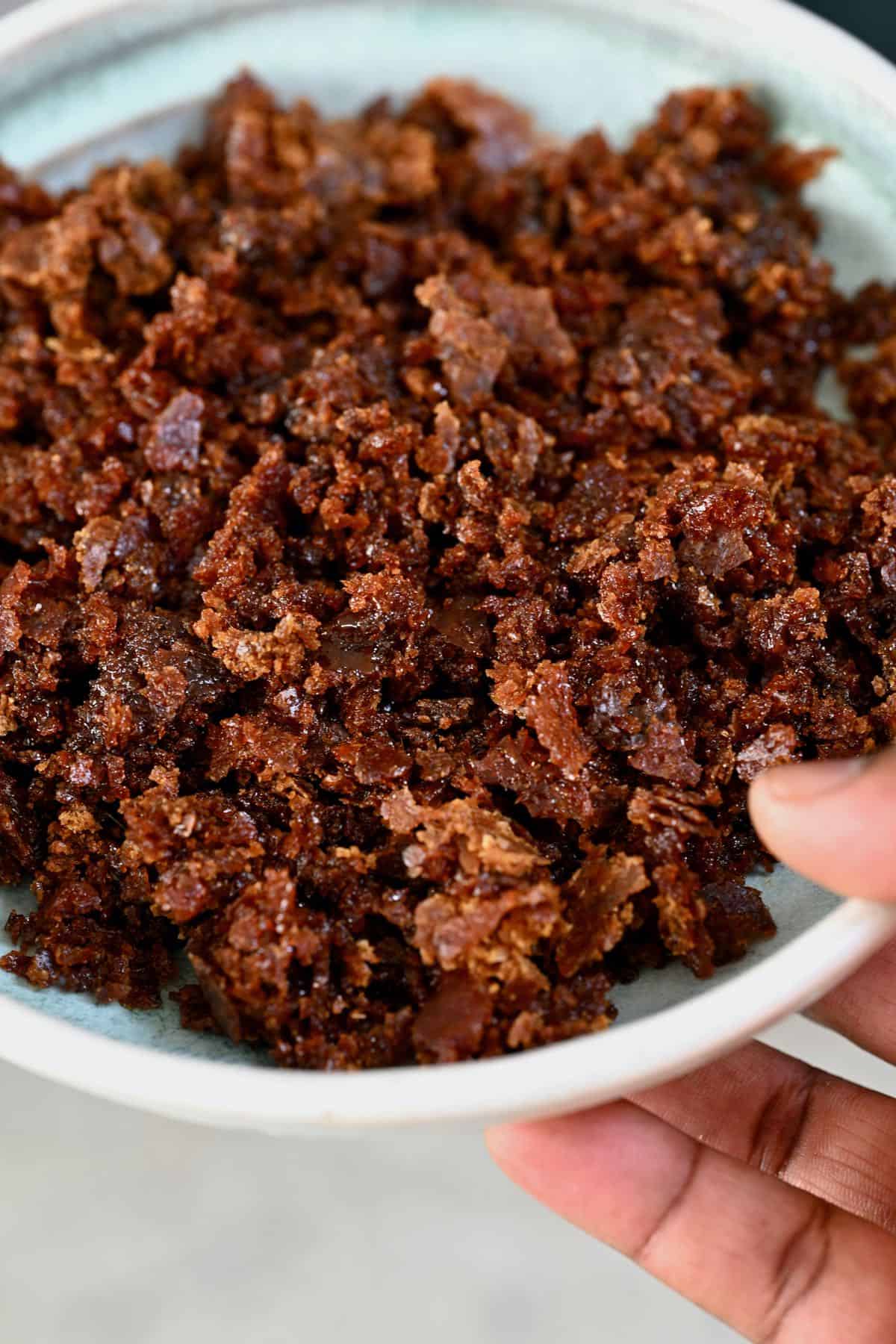Cane Sugar Processing: Key Technologies for Superior Sugar Manufacturing
Cane Sugar Processing: Key Technologies for Superior Sugar Manufacturing
Blog Article
A Comprehensive Guide to the Environmental Impact and Sustainability Practices in Walking Stick Sugar Processing
The ecological effect of walking stick sugar handling provides a complicated array of challenges that warrant careful evaluation. From soil deterioration and extreme water usage to the carbon footprint connected with cultivation and production, the consequences of traditional practices are far-reaching. In contrast, the fostering of cutting-edge sustainability actions supplies a path towards much more responsible production methods. Recognizing the interaction in between these problems is important for stakeholders in the market. What particular practices can be implemented to strike an equilibrium in between efficiency and environmental stewardship? The solutions depend on a better take a look at both the challenges and possible options.
Overview of Walking Stick Sugar Processing
Walking stick sugar processing includes a series of methodical steps that change sugarcane into polished sugar. Originally, gathered sugarcane is transferred to refining facilities, where it goes through cleaning to get rid of soil and particles. Following this, the cane is squashed to extract juice, which is after that made clear by eliminating impurities with home heating and the addition of lime.
The clarified juice goes through dissipation, where water is gotten rid of to focus the sugar content. These crystals are separated from the staying syrup making use of centrifugation, resulting in raw sugar.
The end product is after that dried and packaged for distribution. Throughout this entire process, preserving effectiveness and quality assurance is important to make certain the sugar fulfills industry standards. Each action in walking stick sugar processing not just adds to the last item yet additionally has effects for source usage and waste generation, setting the stage for discussions on sustainability and ecological influences linked with sugar manufacturing.
Ecological Difficulties of Production
The production of cane sugar presents several significant ecological obstacles that warrant focus. One main worry is the substantial use agrochemicals, including pesticides and plant foods, which can bring about dirt deterioration, biodiversity loss, and contamination of regional water sources. The drainage from sugarcane areas usually lugs these chemicals right into close-by environments, interrupting aquatic life and affecting the wellness of areas reliant on these water bodies.
One more difficulty is the high energy intake related to sugarcane handling. The boiling and refining stages require substantial warmth, largely created by shedding nonrenewable fuel sources, contributing to greenhouse gas exhausts. In addition, the extensive land area needed for sugarcane growing can result in logging and habitat destruction, more worsening climate change and harmful wild animals.
Additionally, the labor methods in some regions elevate honest issues, as workers might face inadequate working conditions and poor salaries. This scenario typically perpetuates a cycle of destitution in regional areas. Cane Sugar Processing. Attending to these ecological difficulties is essential for creating a lot more sustainable techniques in cane sugar manufacturing, ultimately profiting both the environment and the neighborhoods entailed in this sector
Water and Land Use Influence
Water resources and land application are vital components in the walking cane sugar market that dramatically influence the atmosphere. The cultivation of sugarcane needs significant water input, with estimates suggesting that it can eat up to 2,000 read the article litres of water per kilo of sugar produced. This intensive use water commonly brings about depletion of regional water sources, affecting not only the sugarcane vineyards yet also surrounding ecosystems and communities that count on the exact same water resources for farming and domestic usage.

Moreover, land use for sugarcane growing can result in logging and the conversion of all-natural habitats right into monoculture haciendas. This practice lessens biodiversity, disrupts local ecological communities, and adds to dirt degradation. The growth of sugarcane areas frequently elbows in on valuable agricultural land, developing competition for resources between food and biofuel manufacturing.
Lasting practices, such as enhancing watering techniques and implementing crop turning, are necessary to reduce these effects. By taking on more efficient water usage and land administration approaches, the cane sugar industry can decrease its environmental impact, making certain a balance in between farming performance and ecological conservation.
Greenhouse Gas Emissions
Greenhouse gas exhausts stand for a significant environmental issue within the walking stick sugar processing market, especially as agricultural methods broaden to satisfy worldwide demand. The growing of sugarcane, a crop that thrives in tropical climates, relies heavily on synthetic plant foods and chemicals, which add to laughing gas discharges. Furthermore, land-use modifications, including deforestation for brand-new sugarcane haciendas, launch co2 kept in greenery and soil.
During processing, power usage is another major resource of greenhouse gas discharges - Cane Sugar Processing. Many sugar mills make use of nonrenewable fuel sources to power machinery and generate warmth, leading to considerable carbon impacts. Moreover, the transportation of raw sugarcane and ended up products adds layers of exhausts with fuel burning in automobiles
This entails examining current farming practices, refining methods, and transport systems to identify locations for improvement and reduction. Dealing with greenhouse gas exhausts is essential for promoting an extra sustainable walking cane sugar industry in an altering environment.

Sustainable Practices and Innovations
Sustainable techniques and advancements are increasingly essential in the walking stick sugar handling market as stakeholders seek to lower environmental impacts while maintaining performance. One significant improvement is the implementation of incorporated plant administration, which optimizes source usage by integrating dirt management, bug control, and crop rotation strategies. This method boosts yield while lessening chemical inputs and preserving dirt wellness.
Furthermore, the fostering of renewable resource sources, such as biomass from sugarcane deposits, has actually acquired grip - Cane Sugar Processing. By transforming waste products into power, refining facilities can decrease their dependence on fossil fuels, thus decreasing greenhouse gas exhausts
Water management methods have actually also seen enhancements via the recycling and reusing of water in processing plants, substantially reducing freshwater consumption. Advancements in innovation, such as precision agriculture, allow farmers to keep an eye on plant wellness and resource usage better, ensuring sustainable cultivation practices.
Moreover, qualification programs like Fair Profession and Rain forest Partnership urge environmentally responsible farming practices and promote social equity within the supply chain. By embracing these sustainable practices and developments, the walking stick sugar handling market can boost its strength and add favorably to ecological stewardship.
Verdict
The environmental impact of cane sugar processing presents significant challenges, including soil deterioration, high water usage, and greenhouse gas discharges, together with honest worries associated to labor techniques. Resolving these concerns with sustainable practices, such as incorporated plant administration, renewable resource adoption, why not check here and water recycling, is essential. By promoting eco accountable and socially equitable methods in sugar production, the market can reduce its unfavorable impacts, guaranteeing a more sustainable future for both neighborhoods and environments associated with this industry.
Walking stick sugar processing entails a collection of methodical actions that change sugarcane right into refined sugar. Each action in walking cane sugar handling not just contributes to the last item however also has implications for resource usage and waste generation, setting the phase for conversations on sustainability and why not try this out environmental impacts linked with sugar manufacturing.
Greenhouse gas discharges represent a significant ecological problem within the walking cane sugar handling market, particularly as farming methods expand to fulfill worldwide need.Lasting methods and innovations are significantly crucial in the cane sugar handling sector as stakeholders seek to reduce environmental influences while preserving productivity.The environmental impact of walking cane sugar processing offers significant obstacles, including soil deterioration, high water consumption, and greenhouse gas discharges, alongside honest problems connected to labor methods.
Report this page